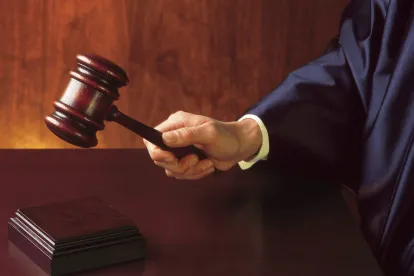The US District Court for the District of Columbia took the unusual step of granting summary judgment against a technology company executive who the Securities and Exchange Commission accused of various violations of the Securities Exchange Act of 1934. The court found the executive, Tamio Saito, the chief technology officer of e-Smart Technologies, made material misrepresentations in connection with the sale of securities under Section 10(b) and failed to file required ownership documents under Section 16(a).
E-Smart purported to be developing an advanced smart card, which could be used to identify people using various individual markers such as fingerprints and retina scans. According to documents filed by e-Smart, the company claimed to possess cutting edge technology that was ready for deployment at a moment’s notice. The District Court found that the company misled investors to believe that e-Smart had developed both a unique product and one that was commercially viable. Beyond finding that these statements were misleading, the District Court noted that when a company makes only one product, as did e-Smart, all claims about that product are material as a matter of law.
Saito had argued that he did not draft the misleading documents and did not know the statements were misleading. The District Court reiterated the US Supreme Court precedent that it is immaterial whether Saito, acting as chief technology officer, was actually the individual who drafted and filed the misleading documents. For purposes of Section 10(b) analysis, an individual “makes” a statement if he or she had “ultimate authority” over its content. Since Saito signed the documents and served as the executive ultimately in charge of the company’s technological operations, the District Court concluded that it could fairly hold him responsible for making any misleading assertions contained within the filings.
Further, given Saito’s role at e-Smart, the District Court found it impossible that he lacked the requisite knowledge of the misstatements to hold him liable for the Section 10(b) violations.
In addition to the Section 10(b) violations, the District Court found Saito liable on the much narrower issue of whether he failed to file certain statements as required by Section 16(a). As an officer, Saito was required to file ownership statements with the SEC. The District Court noted thatscienter is not required to establish liability under this section, and since Saito failed to file correctly, the District Court quickly ruled against him.
S.E.C. v. E-Smart Technologies, Inc., et. al., C.A. No. 11-895 (JEB) (D.D.C. Mar. 30, 2015)




 />i
/>i

